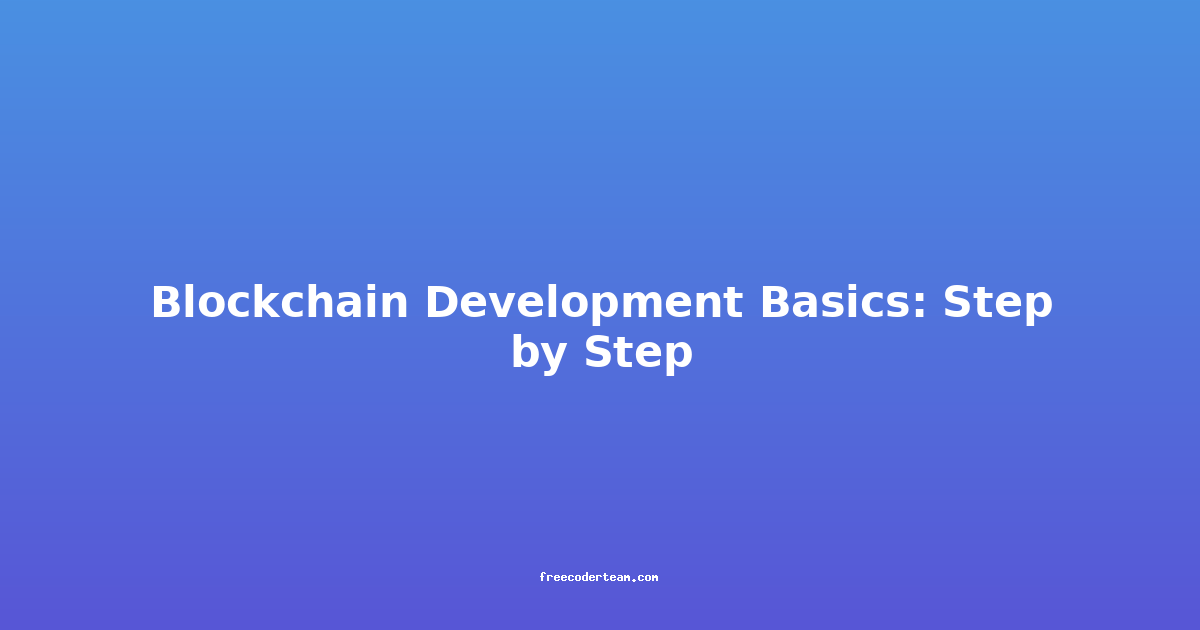:
That's a great idea!
Here's a basic Markdown outline for a blog post about GraphQL, incorporating the elements you've mentioned:
GraphQL: The Smart Way to Fetch Data
Introduction
- Briefly explain what GraphQL is and why it's gaining popularity (e.g., efficiency, flexibility, developer experience).
- Mention its differences from traditional REST APIs.
Benefits of GraphQL
- Precise Data Fetching:
- Explain how GraphQL allows clients to request only the specific data they need.
- Illustrate this with examples, comparing a GraphQL query to a REST API request that might overfetch data.
- Improved Performance:
- Highlight how GraphQL reduces network requests and bandwidth usage.
- Mention the potential for caching improvements.
- Strong Typing and Schemas:
- Describe how GraphQL's schema system enforces data types and improves code reliability.
- Explain how this benefits developers and documentation.
- Client-Server Collaboration:
- Discuss how GraphQL promotes better communication between clients and servers, leading to more efficient development.
How GraphQL Works
- The Query Language:
- Provide a simple GraphQL query example (e.g., fetching a user and their posts).
- Explain key concepts like fields, types, and arguments.
- The Server-Side Implementation:
- Briefly touch on common GraphQL frameworks (e.g., Apollo Server, Express GraphQL).
- Mention the importance of defining a schema.
Real-World Use Cases
- E-commerce: Fetching product details, reviews, and related items efficiently.
- Social Media: Retrieving user profiles, feeds, and interactions in a tailored way.
- Content Management Systems: Dynamically generating web pages based on specific content needs.
Getting Started with GraphQL
- Resources: Point to excellent GraphQL documentation and tutorials.
- Tools: Mention helpful tools like GraphiQL for testing queries.
Conclusion
- Reiterate the key benefits of GraphQL.
- Encourage readers to explore GraphQL further and experiment with it.
Markdown Tips:
- Headings: Use
#for main headings,##for subheadings, and so on. - Emphasis: Use
*italics*or**bold**. - Lists:
- Unordered Lists:
* Item 1 - Ordered Lists:
1. Item 1
- Unordered Lists:
- Links:
[Link text](URL) - Code: Use backticks (`) for inline code snippets or triple backticks (```) for code blocks.
Additional Ideas:
- Visual Examples: Include diagrams or illustrations to explain GraphQL concepts.
- Code Examples: Provide practical code snippets in a GraphQL-supported language (e.g., JavaScript).
- Case Studies: If possible, share examples of how companies are successfully using GraphQL in their applications.
Let me know if you have any other questions!




